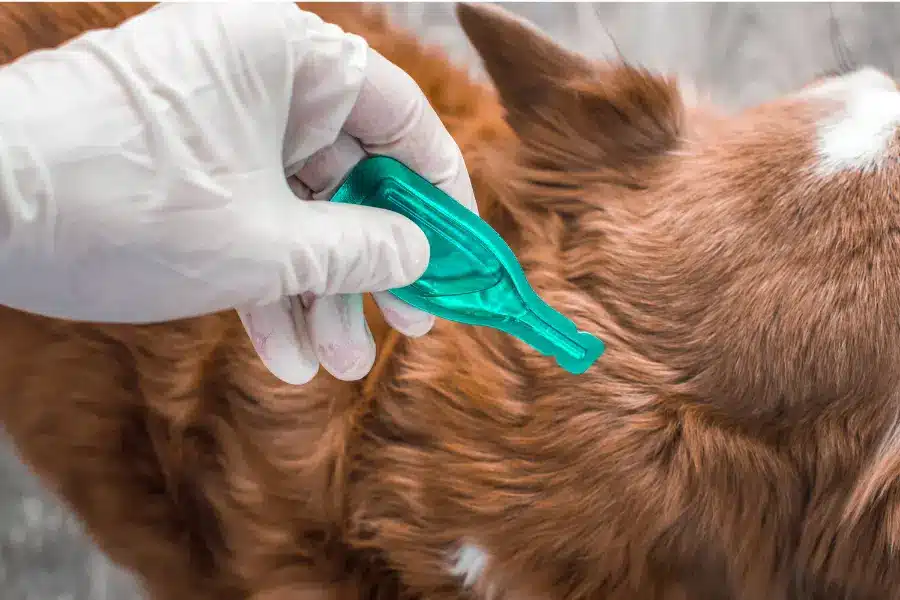Living in harmony with our furry companions can sometimes be a challenge, especially for individuals who are prone to allergies. It is quite common for people to have adverse reactions to cats due to the allergenic proteins found in their skin, saliva, and urine.
However, not all hope is lost for cat-loving allergy sufferers. Thanks to hypoallergenic cat breeds, you can still have your purring buddy and live comfortably. These cat breeds produce fewer allergenic proteins, minimizing the risk of allergic reactions.
Allergies and Cats: A Closer Look
Most people believe cat fur is the primary allergen, but the real culprits are proteins named Fel d 1, Fel d 4, and albumin. Felines secrete these allergenic proteins through their skin, saliva, and urine. When a cat grooms itself, these proteins adhere to its fur and, eventually, are dispersed in the environment as the cat sheds. In contrast, hypoallergenic felines produce fewer of these proteins, significantly reducing the risk of allergic reactions. However, no cat breed is entirely hypoallergenic. Instead, these hypoallergenic cat breeds can make life a lot more comfortable for allergy sufferers.
A Detailed Review on Hypoallergenic Cat Breeds
Let’s delve into a comprehensive review of hypoallergenic feline breeds. We’ll focus on Siberian, Balinese, Sphynx, Russian Blue, and Devon Rex cats, highlighting their hypoallergenic qualities, unique traits, and special care needs. By understanding these factors, you can make a more informed decision when choosing your feline companion.
The Siberian
The Siberian cat, despite its thick, triple-layered coat, is one of the best cat breeds for those who suffer from allergies. The hypoallergenic quality of this breed lies in its lower levels of Fel d 1 protein. As for its temperament, Siberians are exceptionally affectionate and enjoy spending time with their human companions. They’re agile jumpers and love interactive play, making them perfect for active families. However, their thick coats require regular grooming to prevent matting.
Balinese Royalty
Balinese cats are often considered the longhaired variety of the Siamese, and they share many traits with their short-haired relatives, including their hypoallergenic qualities. Despite their luxurious coats, Balinese cats produce fewer allergenic proteins. Known for their sapphire-blue eyes and playful, intelligent nature, Balinese felines make perfect pets for families with children. They love attention and will often engage in vocal conversations with their owners. Just like the Siberian, their coat needs frequent grooming to maintain its beauty.
The Unique Sphynx
Among the hypoallergenic feline breeds, the Sphynx stands out for its distinct lack of a coat. The absence of hair minimizes the areas where allergenic proteins can adhere, resulting in fewer allergens in the environment. They have a friendly, extroverted temperament, and are curious and energetic, making them a great addition to any household. However, their lack of fur means they require regular bathing to remove oil buildup on their skin.
Elegant Russian Blues
The hypoallergenic qualities of Russian Blues come from their double coat, which sheds less frequently, limiting the dispersion of allergenic proteins. Russian Blues are known for their plush blue coat, brilliant green eyes, and mild, reserved temperament. They form close bonds with their family members, making them a sweet, loving addition to your household. Regular grooming is necessary but less frequent compared to other breeds due to their lower shedding rate.
Devon Rex: A Delightful Companion
The Devon Rex, with its short and curly coat, sheds less and produces fewer allergenic proteins. These cats are known for their playful and social nature. They enjoy being around their owners, often following them around the house. Despite their delicate appearance, Devon Rex cats are jumpers and enjoy being perched in high places. Their short, soft hair requires less grooming compared to other cat breeds.
Picking the Perfect Hypoallergenic Breed
When selecting hypoallergenic cats, it’s crucial to take various aspects into account. Your lifestyle, family dynamics, and the extent of your allergies all play a significant role. If you have young children at home, a breed that is both playful and affectionate, such as the Siberian or Balinese, might be the ideal choice.
Conversely, if you prefer a relaxed and easygoing companion, the Russian Blue could be a better fit. Additionally, it’s important to factor in the grooming requirements of each breed and assess whether you can adequately fulfill them. Some hypoallergenic cats may need more frequent grooming sessions or specialized care, so be sure to consider this before making your final decision.
Creating an Allergy-friendly Space
Opting for hypoallergenic cat breeds is a great step towards minimizing allergenic proteins in your living space, but there are additional precautions you can take to create an environment that is even more allergy-friendly. Consistent and thorough cleaning practices, such as frequent vacuuming and dusting, are essential for eliminating any allergenic particles that may have settled in your home.
To further enhance air quality, consider utilizing air purifiers equipped with HEPA filters, as these are highly effective in reducing airborne allergens. If your feline companion has access to your bedroom, using hypoallergenic bedding can provide an extra layer of protection against allergens. These measures, combined with your choice of hypoallergenic cat breeds, will greatly contribute to creating a comfortable and allergy-free living environment.
Allergy sufferers need not give up their dreams of sharing their homes with a feline companion. By choosing from hypoallergenic cat breeds like Siberians, Balinese, Sphynx, Russian Blues, and Devon Rex, they can enjoy the companionship of a feline with fewer allergic reactions.
Remember to consider factors like temperament, activity level, and grooming needs when selecting the best cat breed for your home. By taking these measures and maintaining an allergy-friendly environment, you can ensure a comfortable living space for both you and your new pet.






